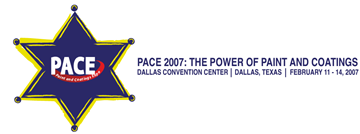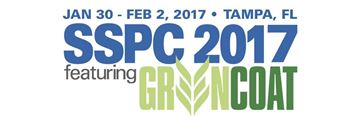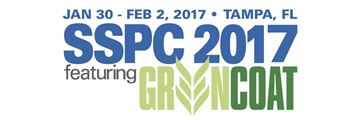Search
Individual Conference Papers
View as
Sort by
Display
per page
Time Management – Taking Back Control of your Life
Product Number:
41207-327-SG
Publication Date:
2007
$20.00
Time of Flight Diffraction and Modal Analysis of a Butt-welded Pipe
Product Number:
MPWT19-14295
Publication Date:
2019
$0.00
Time of Wetness in Marine Atmospheres: What Are We Measuring?
Product Number:
51315-5987-SG
ISBN:
5987 2015 CP
Publication Date:
2015
$20.00
Time Tested Performance of Bridge Coatings
Product Number:
41206-260-SG
Publication Date:
2006
$20.00
Time-to-Corrosion Initiation for Chloride Exposed Reinforced Concrete with an Admixed Corrosion Inhibitor: Part II – Consideration of Diffusional Inhibitor Egress
Product Number:
51314-3636-SG
ISBN:
3636 2014 CP
Publication Date:
2014
$0.00
Time-To-Corrosion Initiation of Chloride Exposed Reinforced Concrete Considering Time Dependence of the Diffusion Coefficient
Product Number:
51314-3637-SG
ISBN:
3637 2014 CP
Publication Date:
2014
$0.00
Titanium Duty Cycle Plasma Electrolytic Oxidation Influence on Film Porosity and Corrosion Resistance
Product Number:
51319-13135-SG
Publication Date:
2019
$20.00
Titans of the Abyss: Polyurethane, Polyurea and Hybrid Lining Technology
Product Number:
41213-773-SG
Publication Date:
2013
$20.00
To Cycle or Not to Cycle: That is the Question
Product Number:
51217-037-SG
Publication Date:
2017
$20.00
To Dry, or Not to Dry That is the Question
Product Number:
41205-207-SG
Publication Date:
2005
$20.00
Too Deep or too Shallow... Can Surface Profiles by Changed by Additional Blast Cleaning?
Product Number:
51217-036-SG
Publication Date:
2017
$20.00












